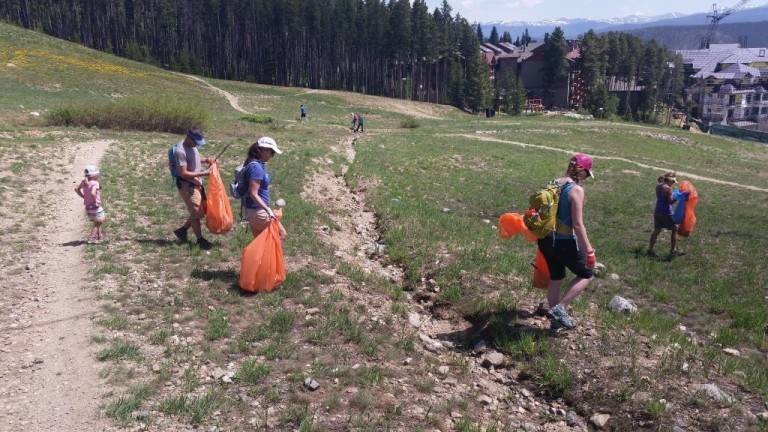
With climate change at the forefront of everyone’s mind these days, it’s no surprise that the ski and snowboard industry is working hard to reduce its environmental impact. Resorts across the world are implementing more sustainable methods of snow production, lift power, and transportation.
But what can you do as an individual to minimize your environmental impact? Below are some ways you can do your part to preserve our mountains without sacrificing your time on the slopes.
Support green resorts
You may not have an option if you only ski your local mountain, but if you have a choice, choose to patron resorts that are committed to reducing their environmental impact. This may take some research but look for resorts that use renewable energy or have received awards and recognition for their sustainability efforts. Vote with your money. The National Ski Areas Association (NSAA) has a list of resorts that are sustainable slope endorsers.
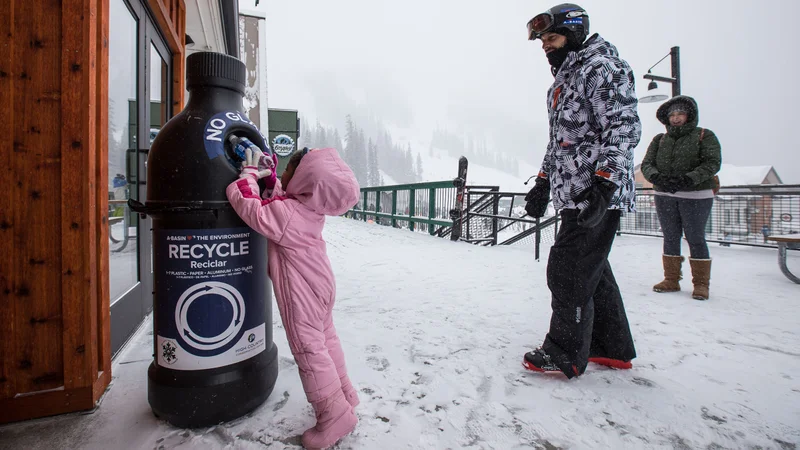
Adjust your transportation
I’m not saying don’t go on your annual ski trip, but rather consider choosing a location or travel method that reduces your carbon footprint. Instead of flying to your destination can you take the train? Can you choose a destination that is closer to your home? Can you take one longer trip rather than multiple shorter trips?
If you ski locally consider carpooling or taking public transportation.

Make your gear last longer
Ski gear needs to be high quality to perform the way we demand. Don’t buy new gear just to have the latest fashions, but rather get the most out of each item you have. Quality gear is designed to last a long time. Repair and patch your gear yourself if necessary. Consider buying used gear, especially if you have young children. It will be cheaper, and you can resell it once they’ve outgrown it. Renting your gear is also an option.
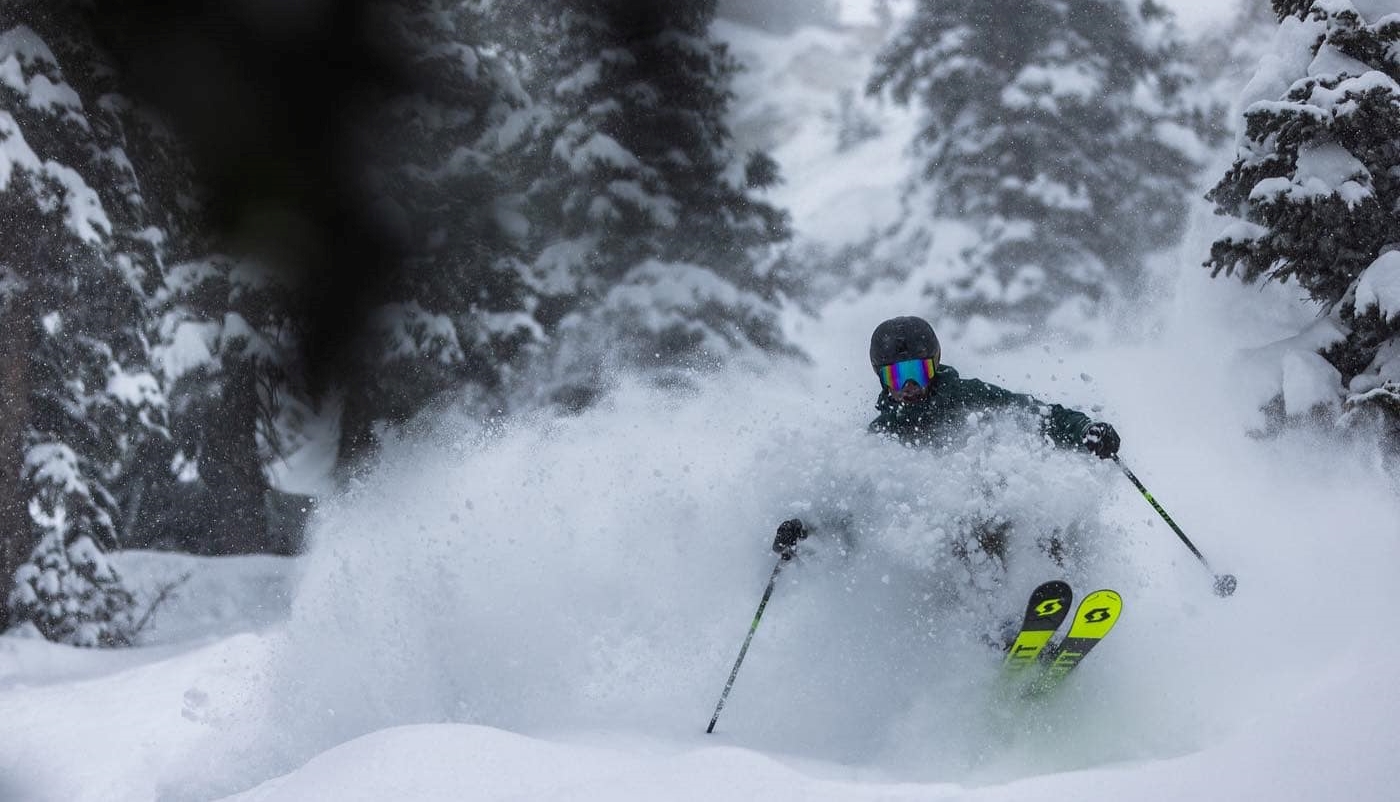
If you do need to purchase new gear, support sustainable brands. Consider a company like Picture, which uses recycled material for its clothing. Also, Patagonia and The North Face offer products made from recycled material as well as buy-back programs to ensure your old gear is recycled or reused.
Choose local restaurants
The most sustainable option for nourishment is packing your own food in reusable containers. When packing your food isn’t convenient, restaurants come to the rescue. Try to visit local restaurants that source all their food and beverages locally. This cuts down on all the transportation used to ship food all over the world.

Another potentially unpopular option would be to limit your consumption of commercial meat products. Plant-based and vegetarian diets are becoming more popular and for good reason. Not just for the health benefits but also to cut down on the tremendous energy, cost, and resources that are involved with producing commercial meat.
Give alpine touring a try
Skiing uphill in the backcountry is not only a great workout but better for the environment. Use your human power to get up the mountain rather than fossil fuels. A bonus is crowds are sure to be sparse and there is no waiting in the lift line.
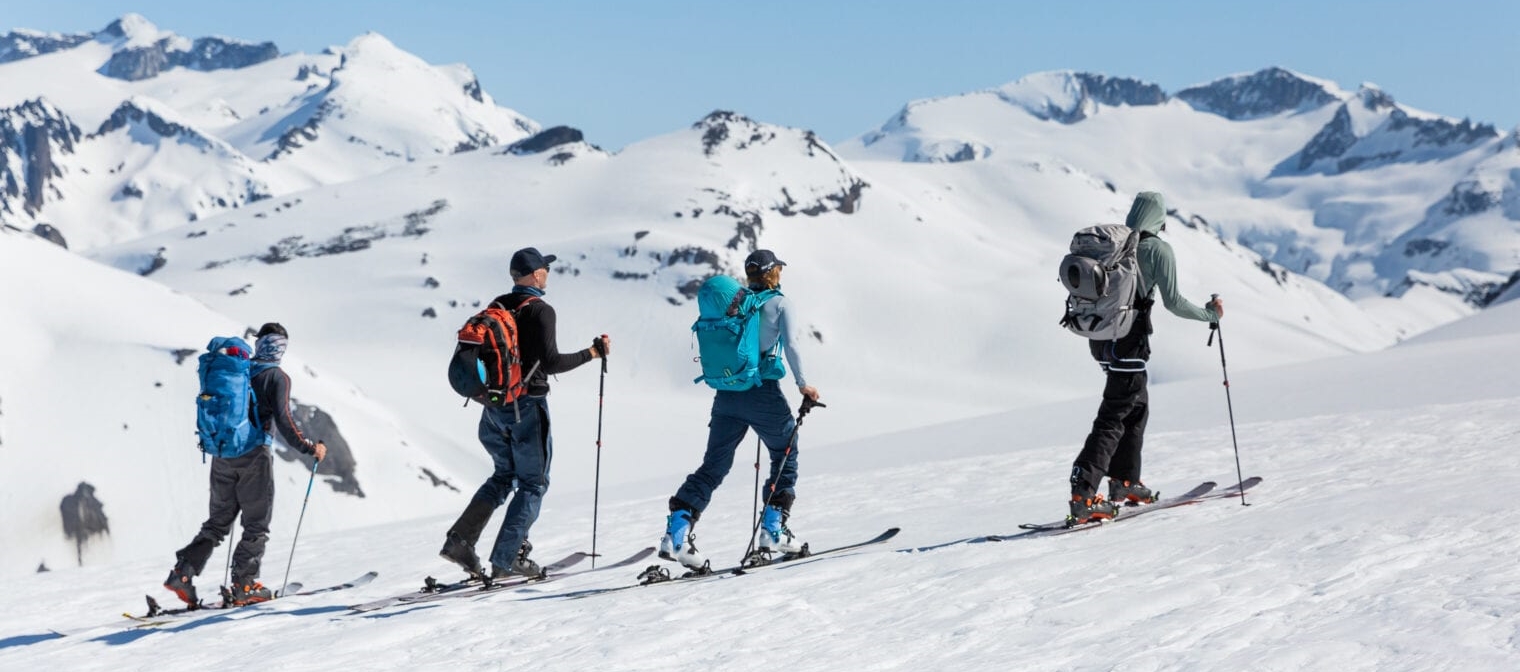
Choose chemical-free wax
Waxing our skis and snowboards is essential for optimal performance. However, some waxes contain harsh chemicals like PFCs (perfluorochemicals) and polyfluoroalkyl (fluoro). Consider using natural waxes so these harmful chemicals don’t end up in our land and waterways. Even better would be a permanent waxless solution like DPS Phantom.
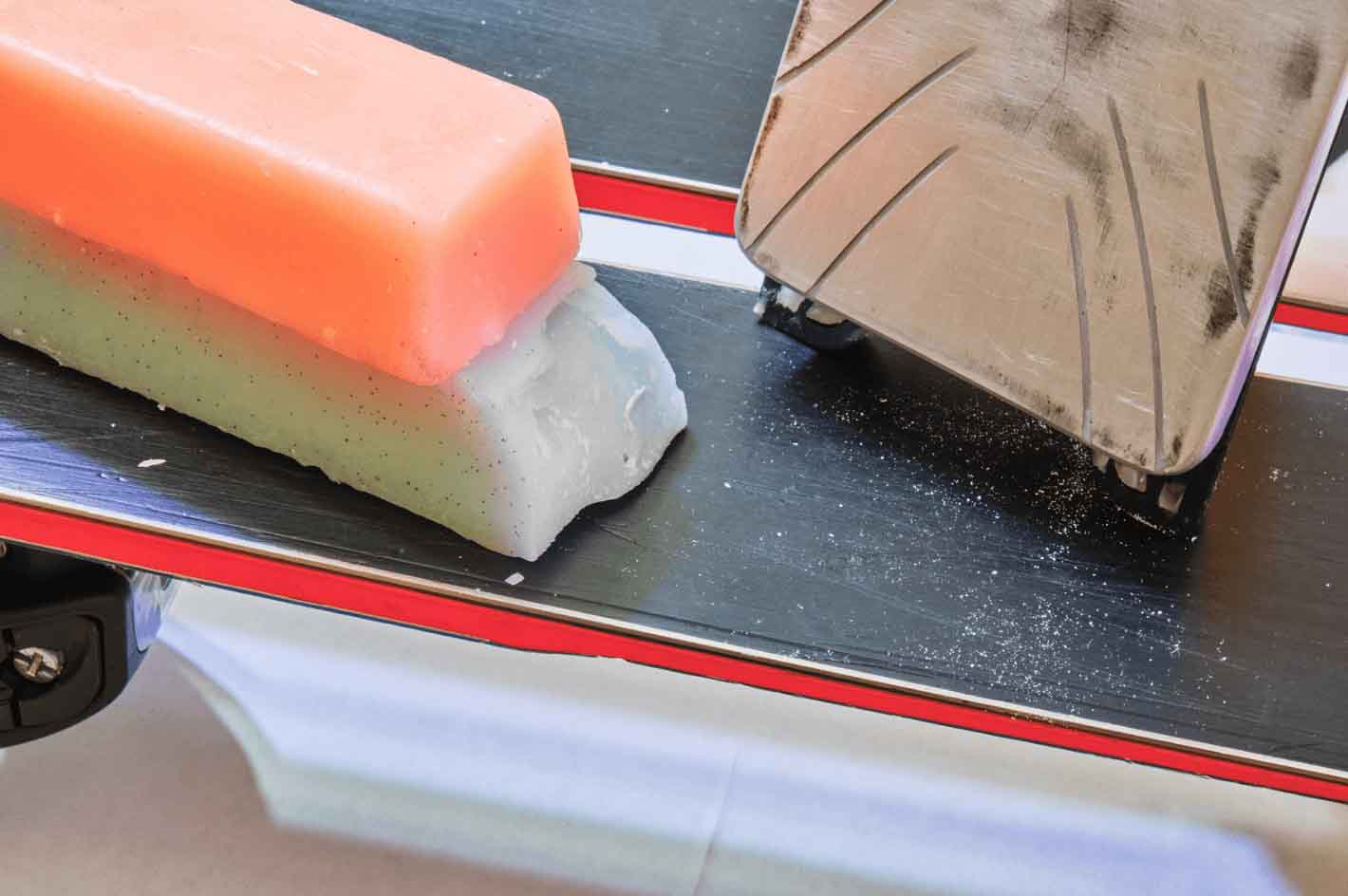
Get involved
Make your voice heard by voting in local and national elections to ensure policies and leaders are in line with your beliefs.
You can also donate money or time to companies that unite outdoor recreation with climate change like Protect Our Winters (POW).
The obvious
Many know the basic practices that are good for the environment, but a reminder never hurts.
- Don’t Litter! The amount of trash found at ski resorts at the end of each season is embarrassing.
- Recycle as much as possible.
- Use a reusable water bottle, coffee cup, and grocery bags.
- Turn off lights when not in use.
- When the weather gets cold, don’t just turn up the heat. Keep it reasonable and put on an extra layer if necessary.
Every change, no matter how small, is a step in the right direction. If we all commit to ski more sustainably it can help protect our mountains and the snow sports we love.
